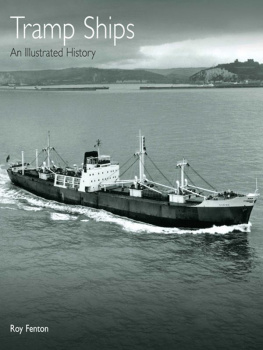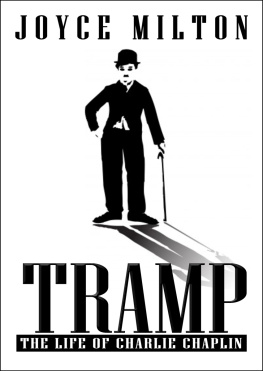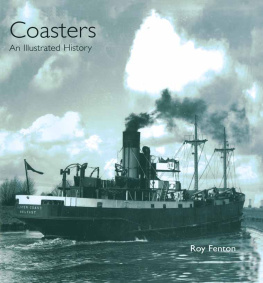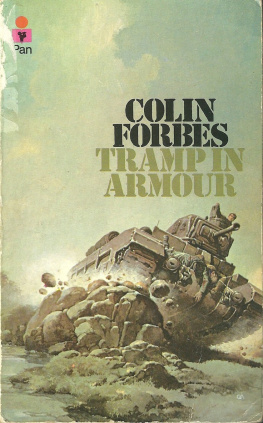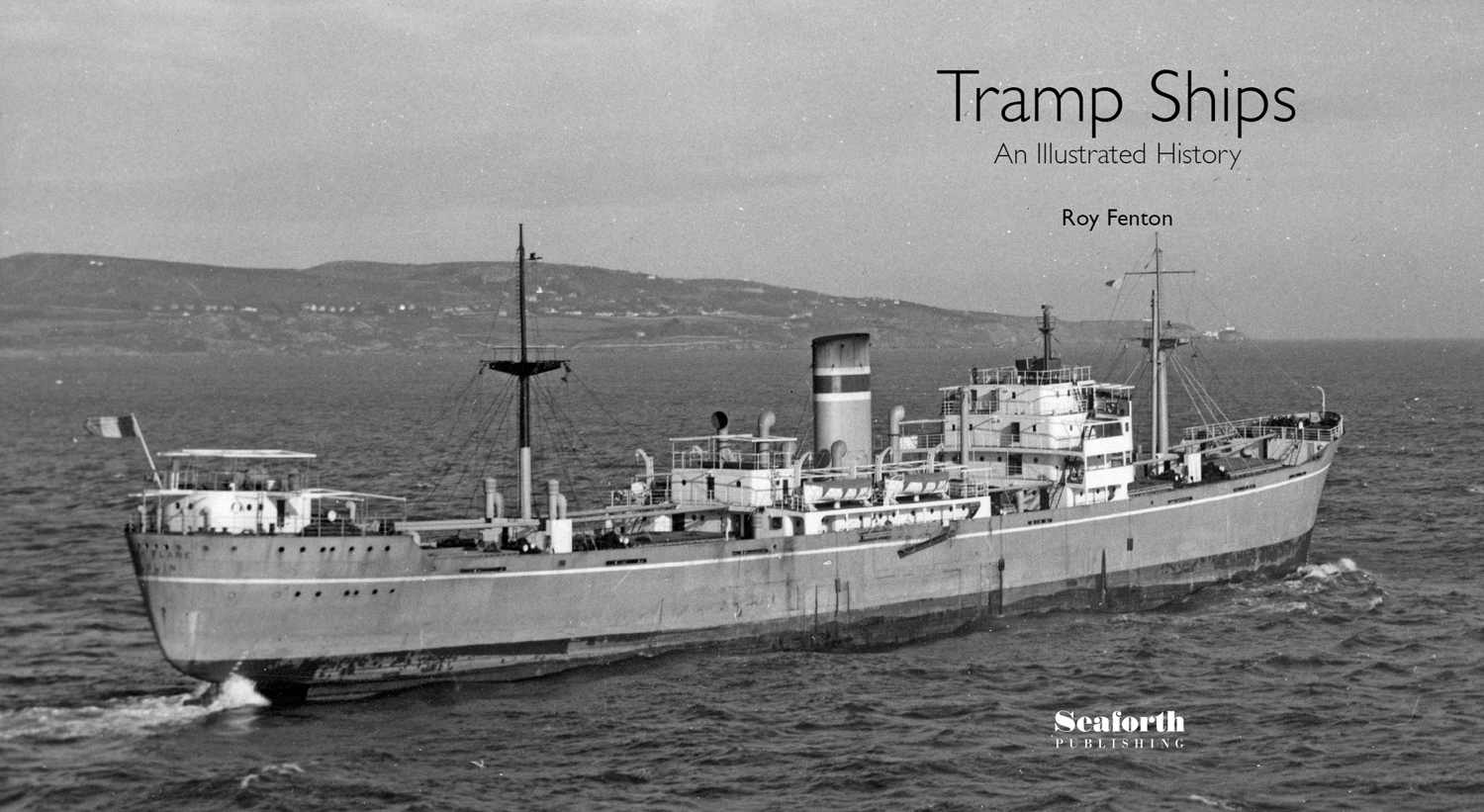
Copyright Roy Fenton 2013
First published in Great Britain in 2013 by
Seaforth Publishing,
Pen & Sword Books Ltd,
47 Church Street,
Barnsley S70 2AS
www.seaforthpublishing.com
British Library Cataloguing in Publication Data
A catalogue record for this book is available from the British Library
ISBN 978 1 84832 158 8
eISBN 9781473832619
All rights reserved. No part of this publication may be reproduced or transmitted in any form or by any means, electronic or mechanical, including photocopying, recording, or any information storage and retrieval system, without prior permission in writing of both the copyright owner and the above publisher.
The right of Roy Fenton to be identified as the author of this work has been asserted by him in accordance with the Copyright, Designs and Patents Act 1988.
Typeset and designed by Ian Hughes, Mousemat Design Limited
Printed and bound in China through Printworks International Ltd
Contents

Reardon Smiths Paris City was delivered by Craig, Taylor and Co Ltd of Stockton-on-Tees in 1920, just as the post-First World War boom in freight rates was ending, catastrophically for many tramp owners who had invested heavily in new ships. Cardiff-based Reardon Smith survived, however, and in 1938 sold Paris City to Greek owners who renamed her Gerassimos Vergottis . Surviving the Second World War, she was further sold in 1950, but as Greenville foundered in the North Atlantic during September 1953.
Preface
Looked down on by some as the lowest form of shipping life, and equally unfairly romanticised by others, a tramp is simply a ship that goes wherever in the world it can find a paying cargo. The term can be applied to coasters, tankers, fruit carriers and other specialised ships, but it is or rather was generally accepted to mean an ocean-going, steam- or diesel-powered, dry cargo ship of up to 10,000 tons gross, and these are the subject of this book.
The steam tramp ship evolved in the latter half of the nineteenth century and by 1914, with increases in size and particularly efficiency, it succeeded in rendering virtually extinct its sail-powered forerunner. There followed a long period during which owners and builders debated whether the utterly reliable triple-expansion engine should be replaced with the much more economical but not-entirely-trusted internal combustion engine. But just when the motor tramp had triumphed over its steam forerunner, it too was made redundant by the bulk carrier, itself partially evolving from the tramp and embodying some of its characteristics, although extending the size envelope, in some cases massively.
The tramp ship has been an important engine of industrial development, even of globalisation, providing an economical and predictable means of moving raw materials from mine to mill, and basic foodstuffs from steppe to shop or prairie to plant. It supplied Rhondda coal to power the frigoricos of Argentina, Narvik iron ore to feed the furnaces of the Ruhr, Pacific islands phosphate to fertilise the fields of New South Wales, Ukrainian wheat to nourish the workers of industrial towns in western Europe.
The tramp ship was developed by British shipbuilders and pioneered by British ship owners. For at least half the tramps lifetime, Britain was the major player in constructing and operating it, and remained an important, if declining, influence right to the end. No apology is therefore needed for British ships dominating this book. Indeed, when yards in continental Europe, North America and Japan built tramps, only in relatively small details could they be distinguished from the British product, and in many important cases the basis was a detailed British design.
The evolution of the tramp ship has been such that, unlike in my previous volume for Seaforth, Coasters: An Illustrated History , it has been possible to tell the story in a chronological sequence. However, as with any type of ship there has always been debate as to the optimum design, not the least of which was the steam versus diesel debate. Nevertheless, the story has been told largely in chapters covering discrete time bands, although some cover parallel periods to explore, for instance, the radical and often patented designs of the immediate pre-First World War period, and the simultaneous building of steam and motor tramps until the 1960s.
With the exception of ships used to illustrate the tramps genesis in , the lower size limit for ships in this book has been put at a length of about 270 feet, the upper limit adopted in Coasters: An Illustrated History . Consideration of the bulk carrier has been largely confined to the final chapter, so for twelve of the thirteen chapters the upper size limit is about 550 feet.
The photographs have been chosen both to reflect the varied and evolving design of the tramp, and for their clarity. Ships of many major tramp operators and from many builders are illustrated but with such a wide field some have necessarily been neglected, and the author apologises if a readers favourite ship or owner does not feature. If, after surveying the contents of this book, the reader gains an appreciation of how the tramp ship evolved, and of the often subtle differences which distinguished vessels from individual eras, builders, owners or nations, the authors purpose will have been served.
R OY F ENTON ,
Wimbledon 2013
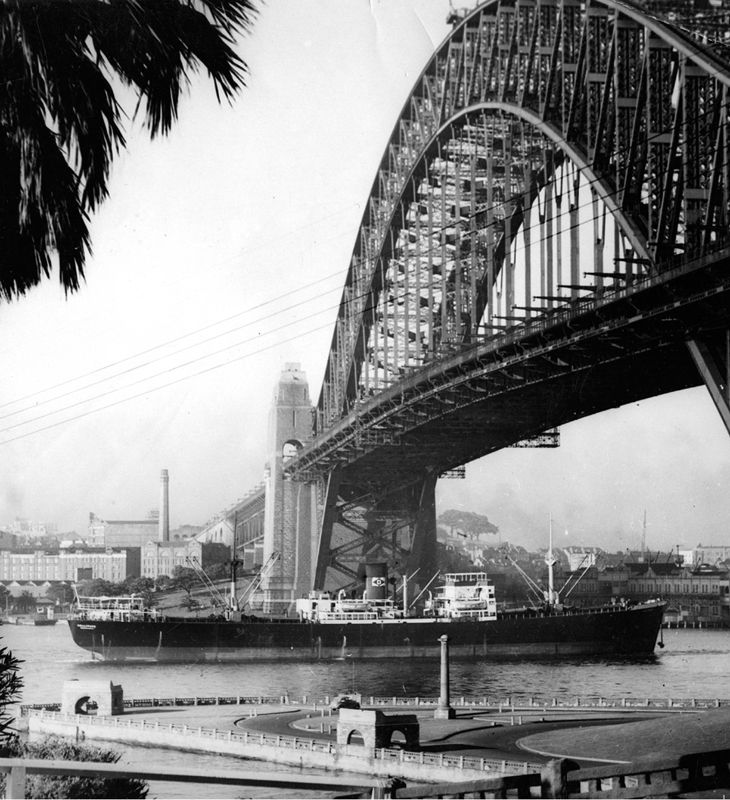
Next page
